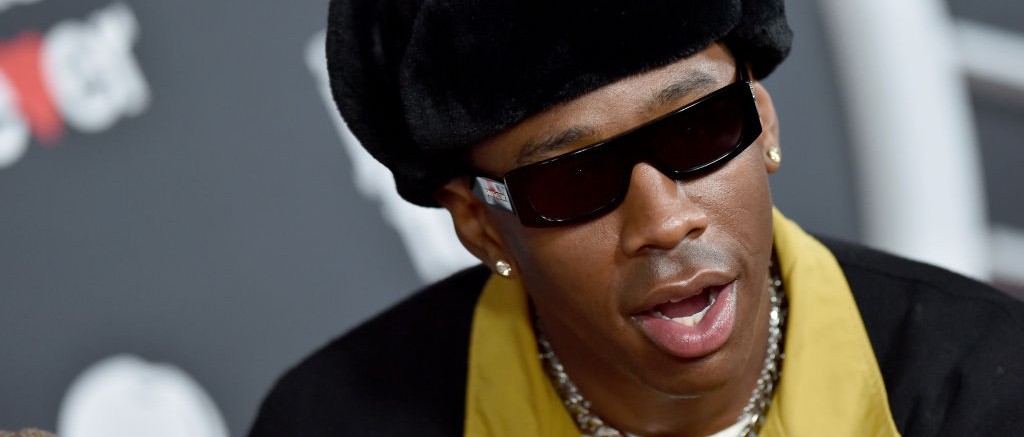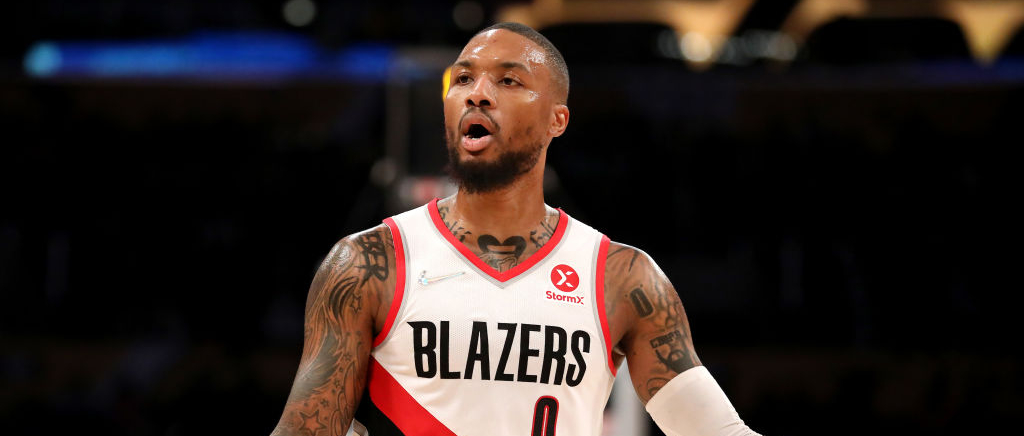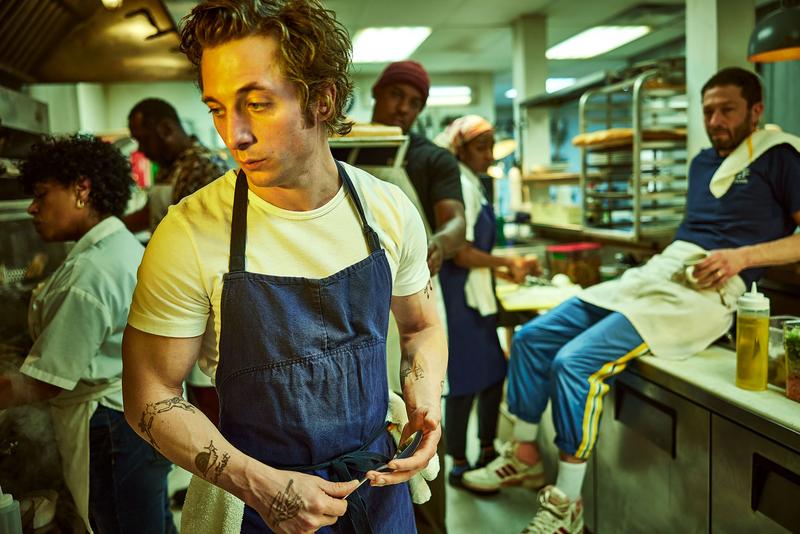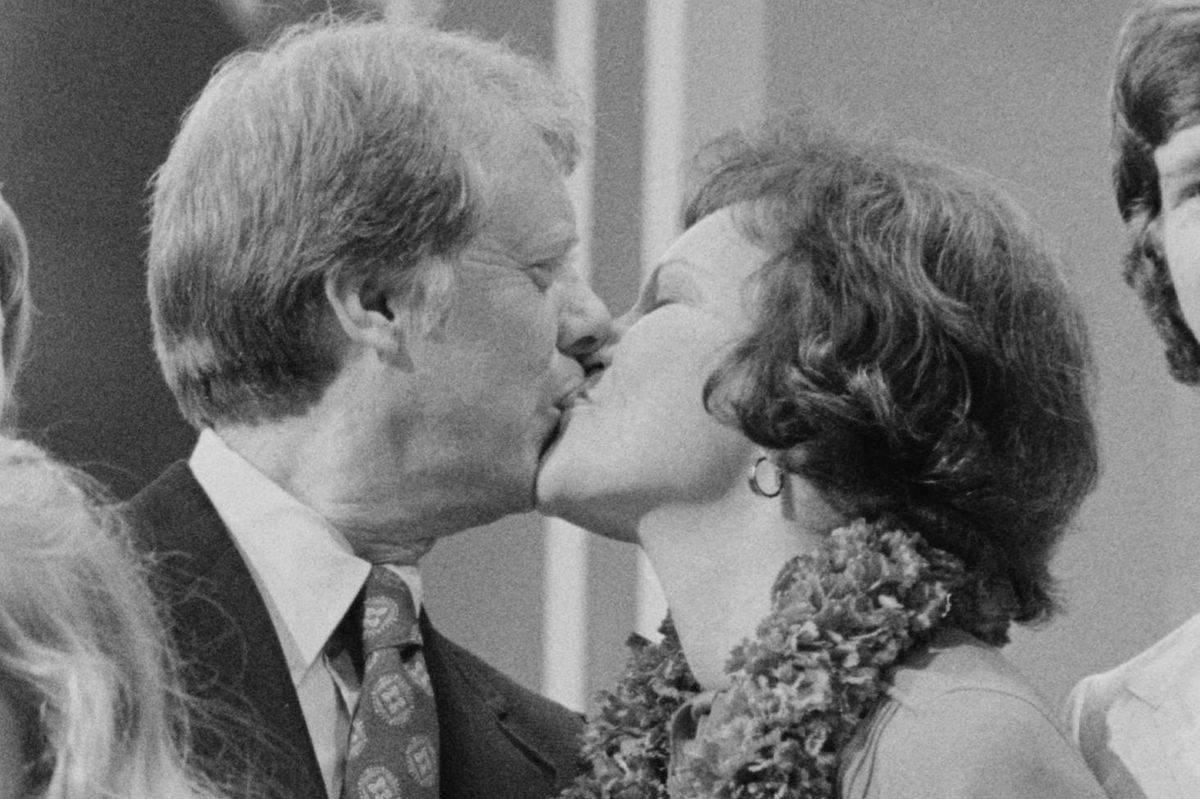The things that drew the Minnesota Timberwolves to Anthony Edwards when they made him the first overall pick in the 2020 NBA Draft will be what make or break this grand experiment that new management has shepherded in after giving up the franchise’s future for Rudy Gobert.
Back then, general manager Gersson Rosas praised Edwards’ humility, raw athleticism, talent, and competitive drive. Edwards understood as early as his draft workouts in Minnesota which shots he would be taking within the team’s offense, and came to appreciate the chance to build something with other young players after one up and down season at Georgia. Following an impressive first two NBA seasons and a brilliant yet inconsistent playoff debut, Edwards’ ability to adjust and rise to the occasion to finish that construction project will be tested as the Wolves bring in Gobert and shoot to host a playoff series for the first time since 2004.
Picture this: Edwards lopes up the floor, ball in hand, then shakes past a screen from Gobert and slings a pass to a lifting Karl-Anthony Towns, who nails a three. It’s the ideal vision of Minnesota’s offense after it gave up a motherlode for Gobert in a trade with the Utah Jazz last week. But that vision requires a significant amount of squinting to clearly see today.
By making a bet on Gobert to catapult the Wolves from solid to something better, Minnesota management also made a bet that their exciting young cornerstone can catapult himself to a similar height. The organization correctly bet on Edwards despite criticism ahead of the 2020 draft, but he succeeded largely playing off others his first two seasons. His confidence was a bonus, not a necessity; he could afford to fail.
Now, Edwards will need to chisel his offensive profile into something more efficient and consistent while also making good on the defensive potential that has mostly only been theoretical to this point. It will be important whether better perimeter talent helps Gobert on both ends, and whether Towns can recreate some of the interior playmaking magic that head coach Chris Finch schemed up in New Orleans and Denver. Even if D’Angelo Russell getting benched in the closeout game against Memphis in the postseason this year wasn’t a sign that he isn’t staying with the team long-term, Edwards is clearly the player with the most to grow into and the most dynamic ability.
Edwards was not first in usage rate in either of his first two seasons with Minnesota, and has often existed in his own silo within the team’s offense. When Edwards did lean on his teammates, he excelled spotting up away from the action or dominating in transition.
By trading away Patrick Beverley and Malik Beasley in the Gobert deal, the Wolves are making a bet that Edwards can adapt and become a lead option. And despite some questionable decision-making and inefficiencies in his game, Edwards can still be lethal. Almost 40 percent of his shots have come at the rim in his career, and he drives the ball to the rim almost 10 times per game. For someone who often played with at least two other ball-handlers and often multiple weak shooters last season, Edwards proved to be a strong facilitator and the Wolves’ offense was 2.3 points better per 100 possessions when he was on the floor, per Cleaning the Glass.
In a seven-game run from the play-in through a near defeat of the Grizzlies in round one this spring, Edwards cut down on his turnovers and increased his number of pick-and-rolls and isos. His efficiency skyrocketed. At the same time, he dipped into those early memories regarding shot selection and turned into one of the best high-volume shooters in the postseason, hoisting almost 10 triples per game and making nearly 40 percent of them. He took over in a play-in matchup against the Clippers, nailing five of his 11 attempts from three and scoring 10 points in the final period.
With Gobert in the mix, Edwards will likely need to become more comfortable in the pick-and-roll. That means developing the drop passes and lobs necessary to utilize the rolling big man in those spots. Minnesota has ensured by keeping Jaden McDaniels that there will likely be solid shooting around those pick-and-rolls at all times, and Edwards will likely utilize the upcoming regular season to improve making reads as a ball-handler.
At the same time, Finch could build in more offense that starts with a dribble handoff at the elbow or behind the arc. The Wolves rarely started possessions that way this year but it’s an easy way to simplify what Edwards and Russell have to do while also taking advantage of the screening, passing and gravity of both Towns and Gobert.
On defense, Edwards has the 7-foot wingspan, functional strength, and competitive energy to be good, if not great. Rosas told The Ringer’s Jonathan Tjarks in 2020 that he loved Edwards’ “edge,” “toughness,” and “grit.” Those qualities are obvious whenever Edwards takes the floor, and when combined with physical tools, they ought to be enough to help a player lock down on defense. Gobert’s presence should help here, too. The Jazz finished in the top half of the NBA on defense each season that Gobert was a starter under Quin Snyder, even as the perimeter defense around Gobert worsened. But young players who have these attributes don’t always turn into routinely dominant defenders — for every Dwyane Wade, there’s a Donovan Mitchell.
In most situations, teams take a big swing like Minnesota just made with Gobert when they are very close to a championship. This is what a team like the Suns are hoping for if they trade for Kevin Durant. A big reason this Wolves trade has been so widely panned from a value standpoint is that they only just made the playoffs with this core for the first time. They are not, in all likelihood, one move away from a title.
Beyond that, in recent years, when NBA teams have bet on young players and ponied up to accelerate their timeline, it has been a player that is closer to Towns’ level than the younger Edwards: the Sixers signed Al Horford and traded for Tobias Harris to lift the Process youngsters; the Suns got Chris Paul to make a commitment to Devin Booker; the Celtics traded for Kyrie Irving to win with a young duo of stud wing players.
Instead, while Towns is an excellent player, this move was an admission of the limits of his game. Gobert will protect the rim in a way he simply cannot, and provide additional rebounding size and physicality to help make Towns better — while Towns will, in theory, be used to space the floor more than ever with Gobert around, trying to rebound against the Timberwolves when the two of them are crashing the glass together is going to be extremely difficult. It’s hard to imagine Minnesota made this trade with the idea that Towns would develop newfound skills overnight.
Which brings us back to Edwards. At 20 years old with a 20 point per game season and a 36-point playoff game under his belt already, Ant is one of the brightest young stars in the league. The team acquired Gobert using future first-round draft picks that, not coincidentally, will line up with Edwards’ best seasons. If he hits, really hits, like the top-10 NBA player he has the potential to become, those picks become less valuable and more reasonable to give up. For this grand Minnesota experiment to work, his trademark flair and conviction must translate into the consistency and two-way play requisite of a top-flight NBA wing.
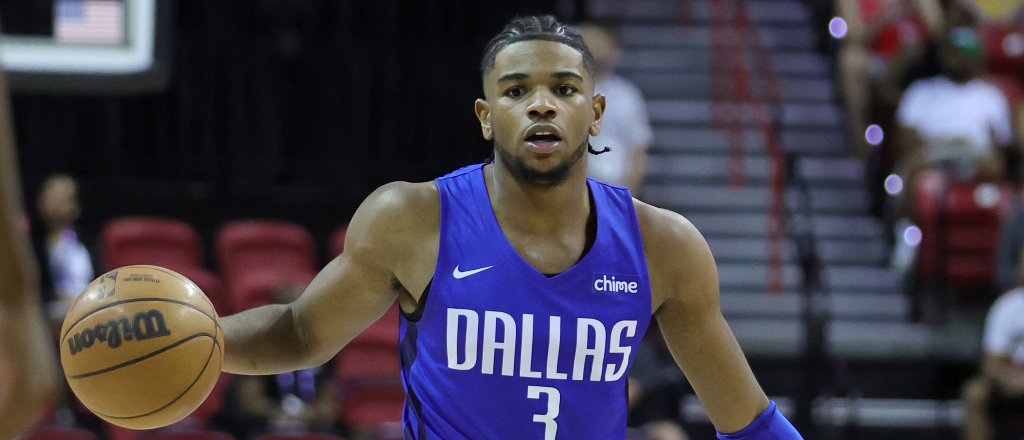
pic.twitter.com/3meMrPUnho









